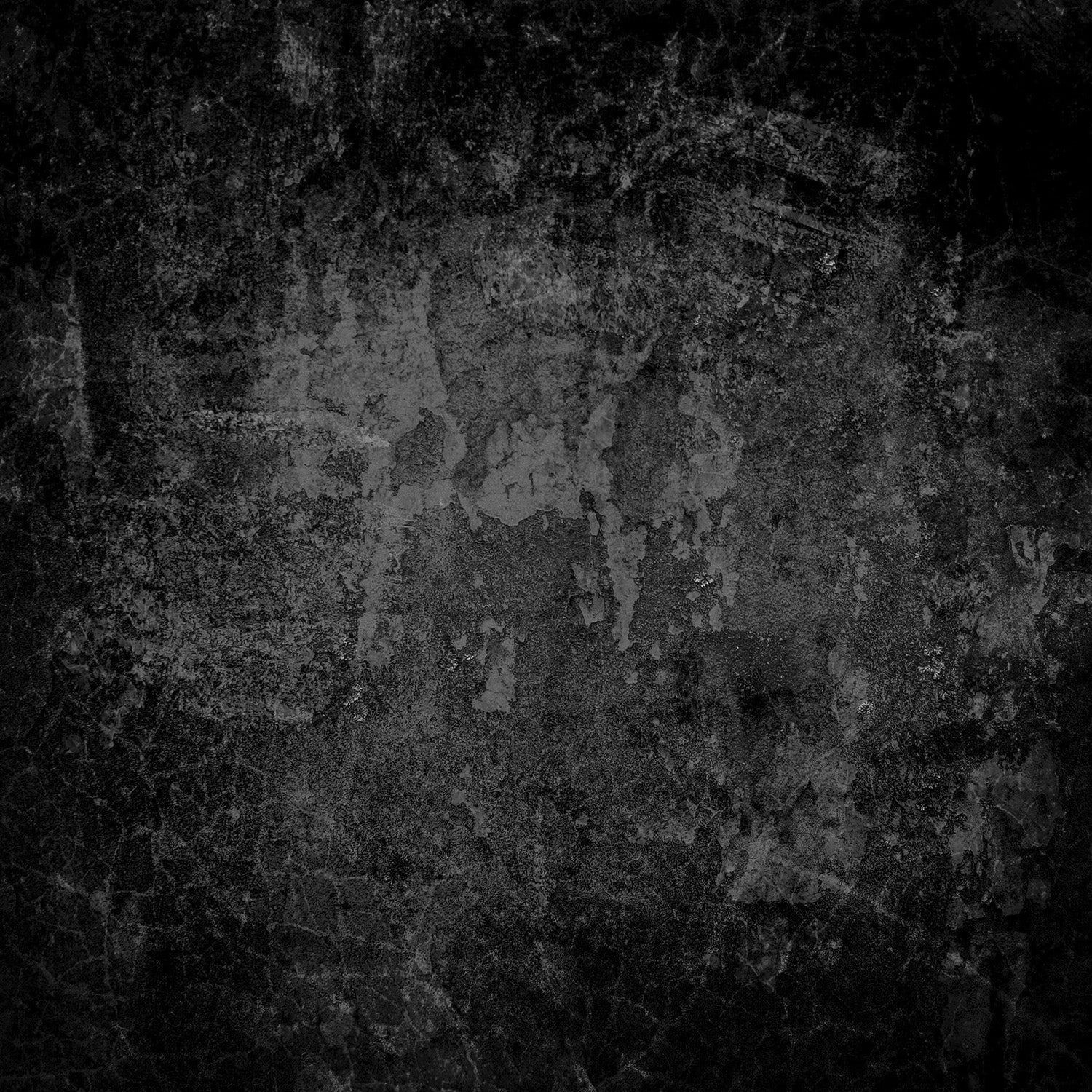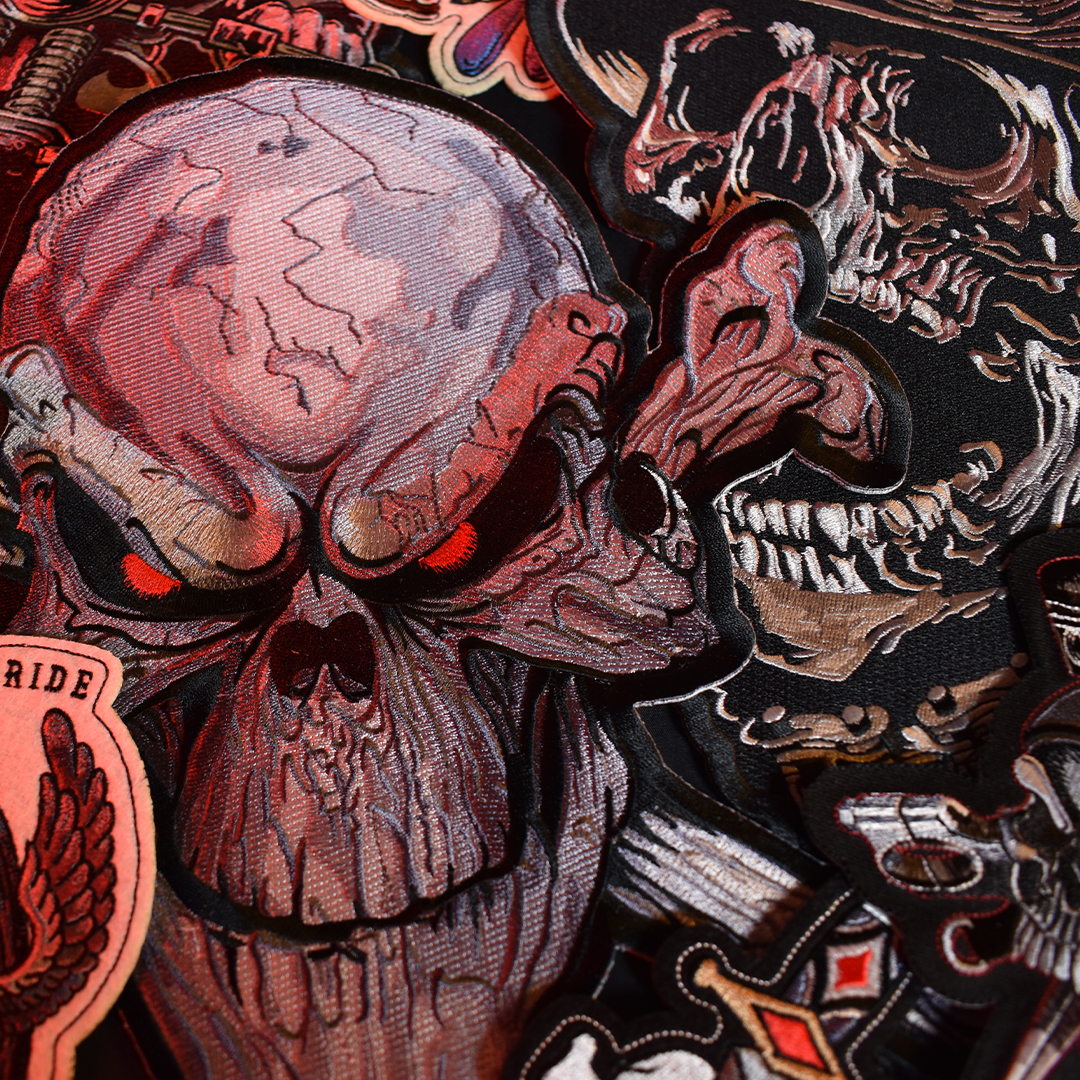St. Patrick's Day!

Well folks, it’s that time of year again. The day after St. Patrick’s Day, where we all lay in bed with a collective hangover. At this point, we’ve all heard some version of a story about the patron saint of Ireland banishing the snakes from the country; but I think for most of us, it’s just a good reason to go out, drink, and celebrate the Emerald Isle. Regardless of how you celebrate, the history of the holiday has been largely overshadowed by parades, beer, and leprechauns. That’s not to say that there’s anything wrong with celebrating, getting drunk, or fictional mischief makers — in fact, we love all three — but how the holiday developed from an Irish tradition into an international holiday is filled with interesting detours that could use more exploring.
The truth of the matter is, that St. Patrick likely didn’t banish any snakes from Ireland, as there weren’t snakes to banish in the first place. Despite the story being older than the holiday itself, this was likely part of an Irish folk tale. With modern archeology, we know that fossil records don’t show snakes in the country at any point historically, likely because of the climate. Granted, maybe it’s just because St. Patrick did such a good job getting rid of them, but we’re going to go with science on this one. So, what did St. Patrick actually do to become so celebrated? Well, he brought Christianity to Ireland, with snakes likely serving as a metaphor for the paganism he aided in removing. The reality might not seem quite as exciting on the surface, but like any simple answer, what’s underneath is the interesting part.

Many people think that the patron saint was a native Irishman, but that actually isn’t the case. While little is known about his life, we do know that he was born in Britain in the late fourth century. According to his own brief autobiography, St. Patrick was kidnapped by Irish raiders and was sold into slavery at 16. The young Patrick had nothing but his faith in Christianity and prayed constantly. Eventually, his prayers were answered when a kindhearted sailor helped him to escape. He struggled, prayed, and managed to make it home, only to receive a vision telling him to become a Christian missionary and return as a free man. When explaining the Holy Trinity, he would use the shamrock’s three leaves as an example of God in nature, leading to its modern status as a symbol of Ireland. While his story has been contested by a few historians, and certain aspects are likely fictionalized or embellished, it’s the only account we have that isn’t rooted in speculation.

St. Patrick’s role in spreading the Christian faith across the nation was integral, so naturally the anniversary of his death became a holiday in Ireland. St. Patrick’s Day was celebrated as early as the 17th century, but at that time, it was a different celebration than we would think of now. The day consisted of churchgoing, and a humble feast of ham and cabbage afterwards. Believe it or not, it was a solemn day of remembrance, and to some, it still is. It wasn’t until the 1730s, when Irish immigrants in the American colonies marched on the 17th that a parade would become associated with the day. Corned beef was easier to procure in the colonies than ham at the time, so many immigrants adapted to what they could afford, making corned beef a St. Patrick’s staple. The festivities caught on around the country, and later the world, evolving into St. Patrick’s Day as we know it today.

So, the only question left is how leprechauns fit into all of this. Honestly, there isn’t really a good answer for that, other than the fact that leprechauns are deeply ingrained in Irish folklore. Right down to their trickster ways and pots of gold, stories of the small creatures have existed in Irish stories for centuries. They likely took off as being associated with the holiday after the Disney film Darby O’Gill & the Little People in 1959, which introduced many fantastical creatures from Irish folktales, including leprechauns, to a wider audience.


That about summarizes the history of St. Patrick’s Day, and nearly all of its mainstays. Whether you love March 17th for religious reasons, or just like to party, we hope that you were able to celebrate in whatever way means the most to you.
We're sorry about the hangover but, if you are really feeling the post St. Patrick's Day spirit, please spark up enough energy to have a look at our Clover Skull Embroidered Patch. Highly detailed embroidery, over three hours of embroidery machine time goes into this patch. Click on the picture to read more about this amazing clover patch!
















Leave a comment